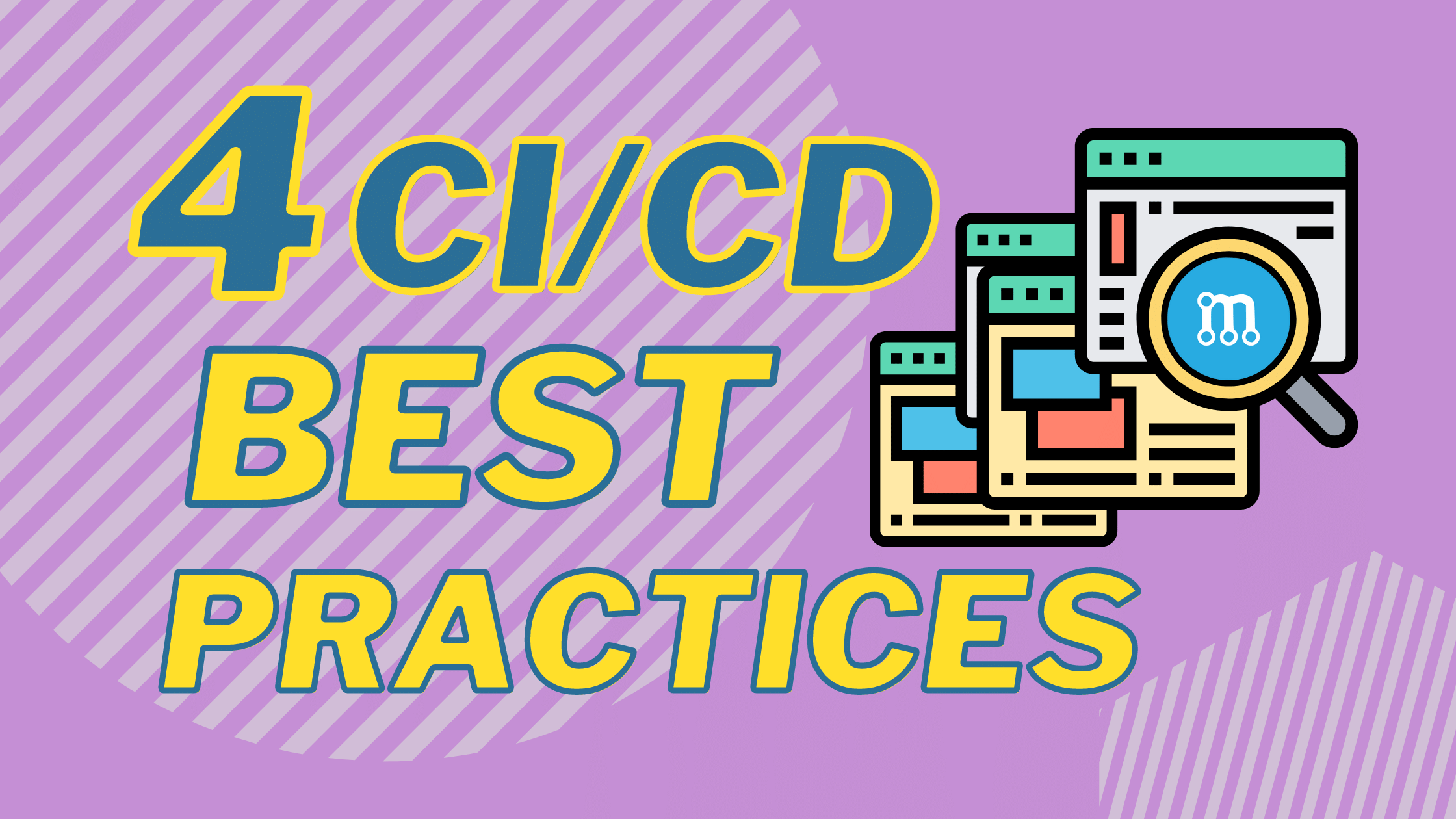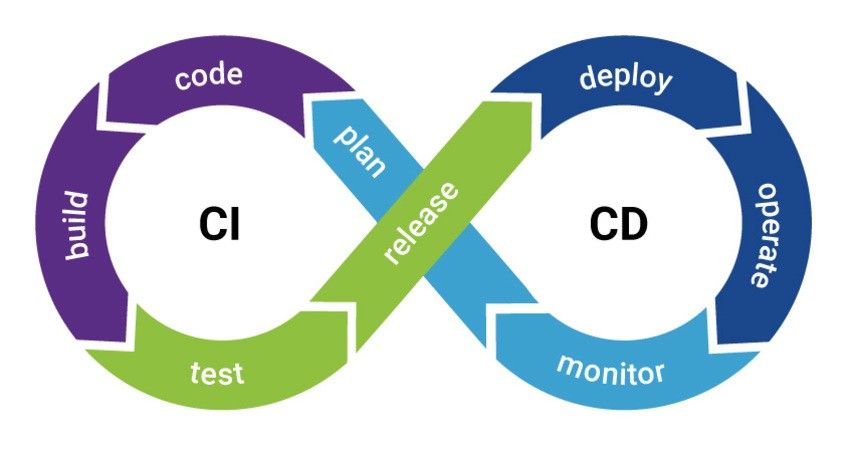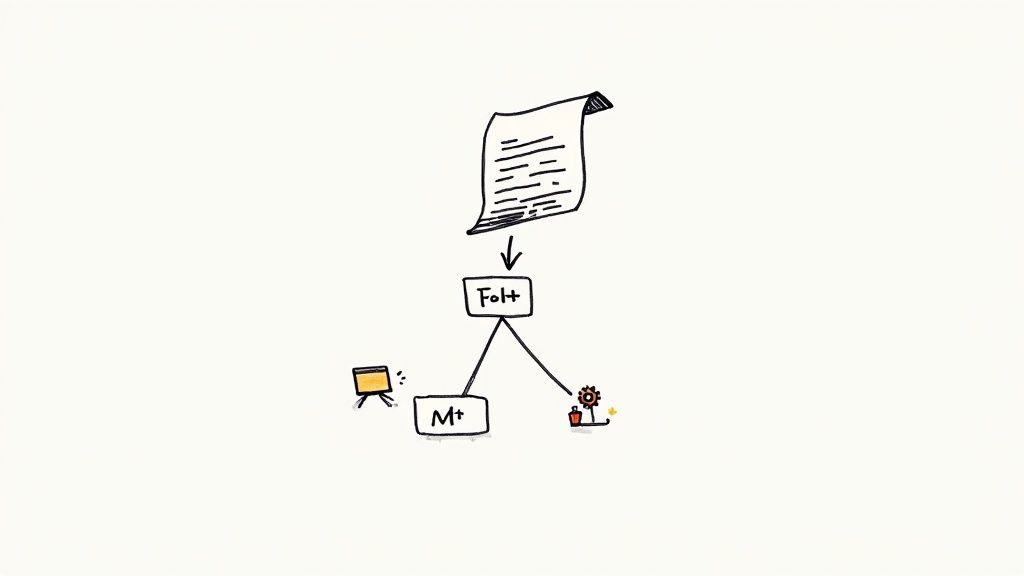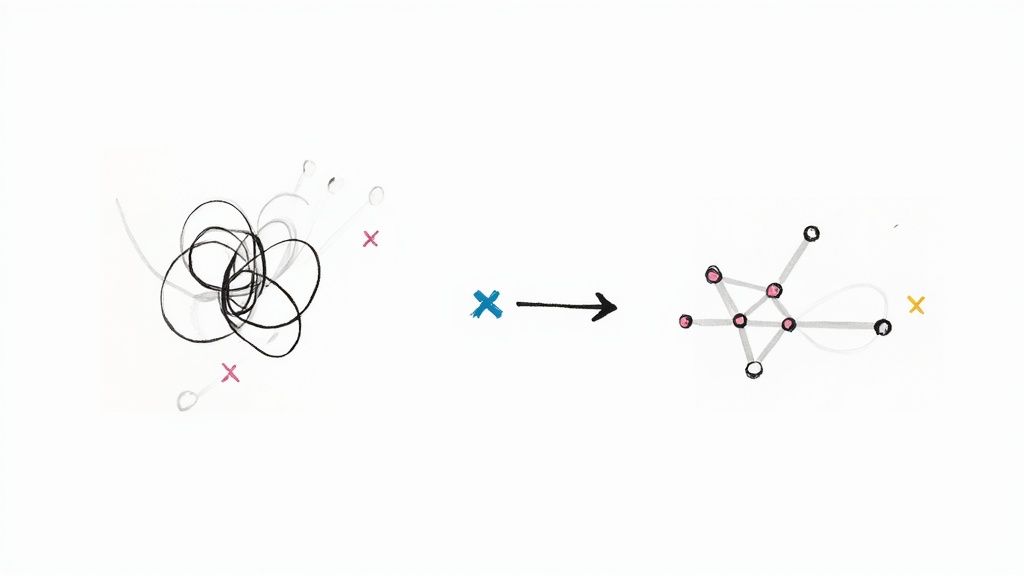4 CI/CD Best Practices

Continuous integration, delivery, and deployment (CI/CD) offer software development teams a holistic means of meeting more milestones in less time. This is generally accomplished by simplifying complex and tedious, yet overwhelmingly redundant tasks through targeted automation. Once simplified, continuous integration, delivery, and deployment processes work to support development initiatives while guaranteeing a higher level of code quality in all public deployments. At their core, the many solutions grouped into the CI/CD space are intended to help ramp up developers’ collective productivity and shorten production times.
- Continuous integration helps mostly by making code changes and feature contributions more incremental in scope. Smaller changes are encouraged to be integrated more often, with CI utilities handling most of the testing and redundant reviewing that is easier to automate than it is to perform manually.
- Continuous delivery and deployment overlap somewhat in their roles, helping to push updated codebases first to a staging environment for further testing and then to your customers, respectively.

Taking advantage of CI/CD tools and processes can radically improve your team’s productivity as well as the results they achieve with their code contributions.
Businesses across sectors appear to be getting on board with the trend towards this type of procedural optimization—500 software testers reported a 53% use rate for CI alone. However, approaching this emerging practice with a proper strategy is a must to make the most of it.
What is a good CI/CD strategy?
Setting up your CI/CD strategy involves carefully determining what your team’s priorities are and how your current workflow could best benefit from automated assistance. The simplest approach to fleshing out a CI/CD plan is to specify actions to use as triggers for automated builds, tests, or reviews. With a comprehensive strategy in place, new code commits can be set to trigger a slew of tests and secondary actions before they are allowed to reach your staging or production environments.
A few important takeaways for defining your CI/CD strategy include:
- Focusing on smaller changes and updates to existing code;
- Pushing changes at a much more rapid pace;
- Streamlining testing, configuration, and deployment processes as much as possible with intuitive automation.
To further refine your strategy, you should make sure that the code reaching your production environment is known to be stable. This makes tracking bugs and issues brought about by new code contributions easier and less demanding of human intervention. In regard to stability, using a merge queue is compulsory.
CI/CD best practices
The tips and best practices that follow can help your team to revitalize the development process without creating new frustrations through poorly implemented continuous integration and delivery/deployment logic.
1. Go faster with more pushes to the main branch 🚀

Make sure all team members are pushing their changes to master and syncing their feature branches appropriately on a regular basis. This may mean enforcing a strict rebasing policy for feature branches and actively encouraging team members to push their changes to the main branch the very moment they are ready.
2. Get great feedback from inside and outside of your dev team🤝

Encourage both internal and external feedback as the two provide unique insights into potential pathways towards improvement. In the case of internal feedback, you can quickly discern better alternatives for improving core development processes. External feedback generally helps reveal improvement opportunities for your application as a whole. When considered in tandem, these two types of feedback can inform your organization on how they can create the best product in the very best way.
3. Start with continuous integration and go from there 📈

Continuous delivery and deployment can make your software release process much easier to manage, but they are nearly impossible to optimize without continuous integration. CI sits at the very start of the code contribution pipeline, effectively making rapid development possible for distributed teams while supporting CD processes later on. Without continuous integration, your CD pipeline is left permanently incomplete, providing extended UI and usability tests when basic code completion and compiling tests are still needed.
4. Automate everything that you possibly can 😴

Continuous integration and continuous delivery/deployment depend on automation to be of any use to your team. The more mundane, tedious tasks you can automate, the more time is freed up for your team to focus on what really matters: crafting more and better code. From running routine code checks and compiling processes to moving feature branches back into your main branch, automation is what CI/CD practices are all about.
Make Mergify a part of your CI/CD practices
Regardless of the specifics of your team’s build process, if you use GitHub to handle version control for your project, Mergify can make it happen.
Our merging solution forms a standout part of many organizations’ CI/CD practices by helping developers automate their merging activities. Delegating code reviews, setting up merge queues, and even streamlining backports without any additional human intervention are all things that Mergify can make easier for you. Sign up today to learn why so many dev teams have already decided to use Mergify.





